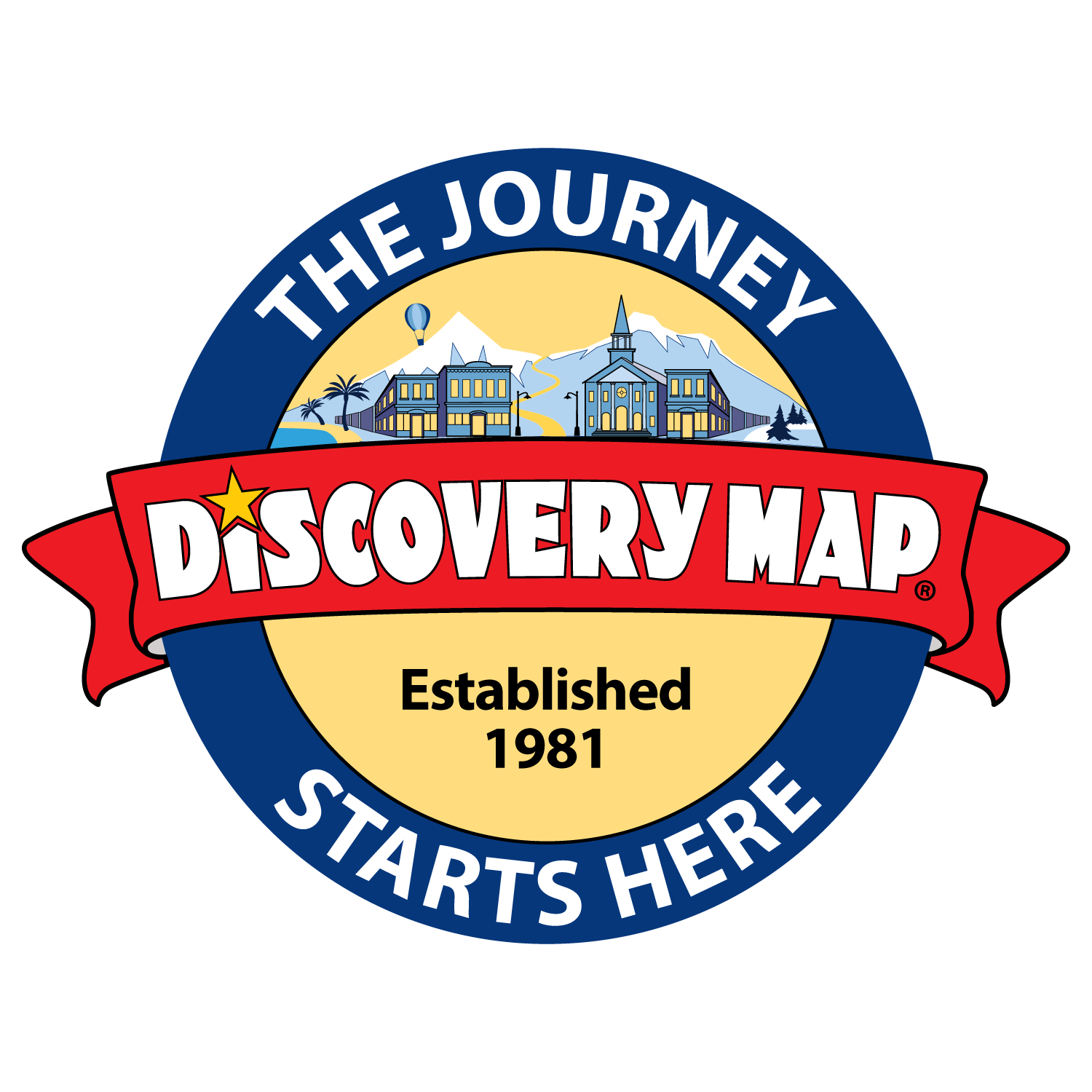Historic Butte
Butte means mound or small hill in French and that’s exactly the topography of Butte, Montana.
Established in 1864, this old mining camp took off shortly thereafter and by the latter part of the nineteenth century it became one of the first major industrial cities in the West. One of the largest copper boomtowns in America, wealth accumulated in Butte as fast as the ore could be pulled out from the earth.
With the increased use of electric power, the need for copper grew and by 1910 Butte became the largest producer of copper in the world. Anaconda Copper Mining Company owned most of the mines on Butte Hill and it remained a frontrunner in this industry until just after World War I, an event that brought a downturn in mining throughout the world. But Butte’s reign as a happening mining town lasted long enough to make an everlasting difference in the town, particularly with regard to its architecture. It’s so lovely and lively that Butte has become a requisite stop in southwest Montana; it’s a perfect place to soak up Rocky Mountain grandeur as you travel between Yellowstone and Glacier National Parks.
One of the largest National Landmark Districts in the United States, the Uptown Historic District is composed of thousands of properties that were built during Butte’s heyday. The steep streets of this part of town showcase the Victorian and Queen Anne-styled buildings that provide Butte with its elegant allure. Take a Butte Trolley Tour to view the many stately mansions and small-town businesses throughout the area.
The term small town is used in the very best sense in Butte because here it conveys charm and conviviality that you seldom find within big cities. It’s no podunk town and at one point Butte was the most important city between Chicago and San Francisco. How about that? Strolling through Uptown offers many hours of fun by day and night; the concentration of shops, restaurants, bars and places of interest is among the best in the West. Old Butte Historical Adventures also offers many cool tours for discovering the more colorful aspects of life back in the day, including the Rookwood Speakeasy, the Myra Brothel and the 1890 City Jail.
The huge influx of immigrants that arrived to work the mines in Butte further defined the character of this Rocky Mountain town, creating a flavor that remains today. Germans founded breweries and bakeries here, some of which still exist. Butte Brewing Company, for example, opened in 1875 and is today more popular than ever. And would you believe that one of the largest populations of Irish Americans resides in Butte? There’s, of course, a St. Paddy’s Day parade and even an Irish pub, named The Dublin, located in historic Uptown Butte. Indeed, many ethnic neighborhoods formed during the ‘ole mining days, some–such as the vibrant Chinatown–disappeared. You can learn more about them as well as the wild and crazy times of the mining era on one of Butte’s many historic tours.
The fact that Butte never became a “company town” also contributed to its uniqueness. No, in fact, by 1914 Butte had become one of the most solid union cities in America. Learn about this, the rich history of mining and the many disasters that occurred here during the mining days at The World Museum of Mining. Here you can experience an underground mine tour and visit the outdoor exhibits that tell the history of Butte’s importance in the world of mining. Their gift shop is fun, too.
For a look at more recent mining activities, go to the Berkeley Pit, an open-pit mining operation that removed 1.5 billion tons of copper ore from the earth from 1955 to 1982. The vistas at this wide-open lake-like site are quite impressive and as at many other sites in Butte, there’s a lot of clean up to be done. Yet whether a superfund site or not, most of these big landmarks have become tourist attractions in their own right.
Today tourism has taken over from mining and once here, you’ll understand why.


